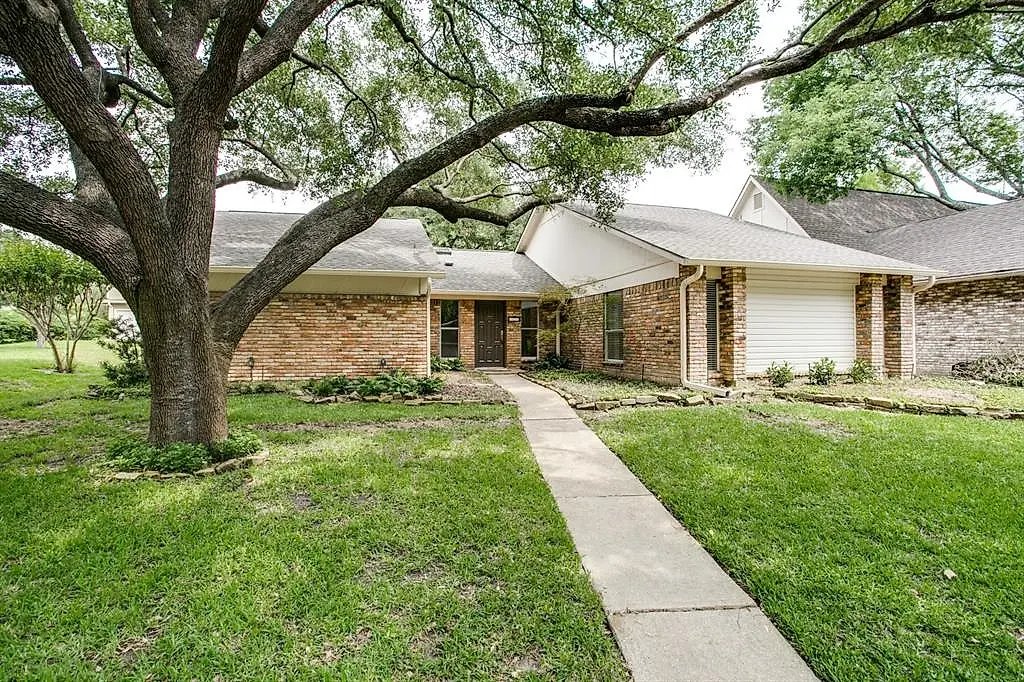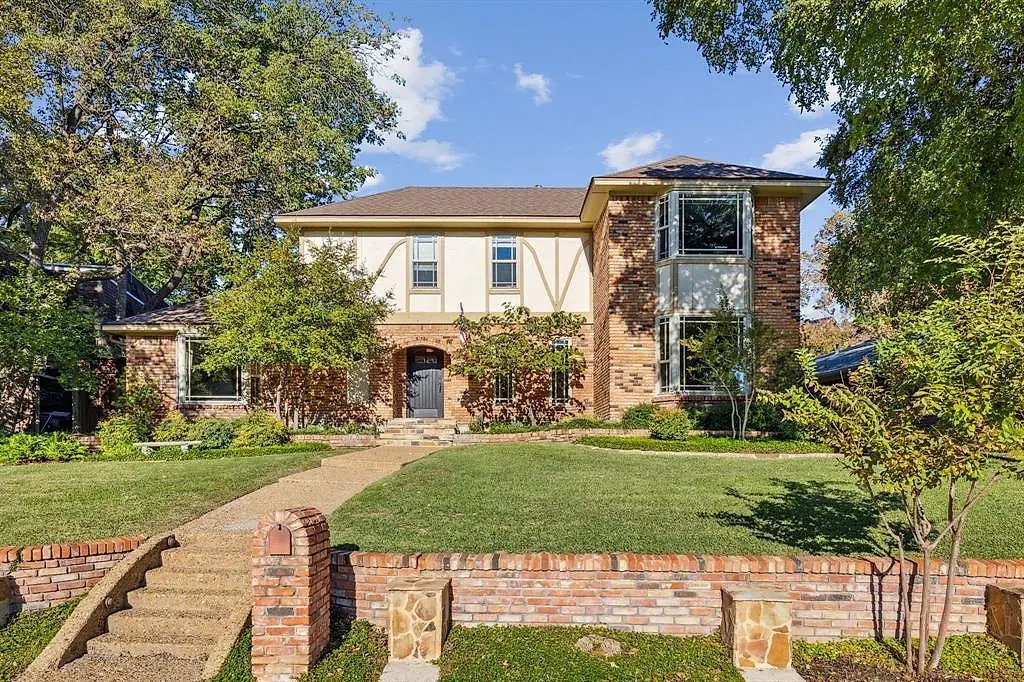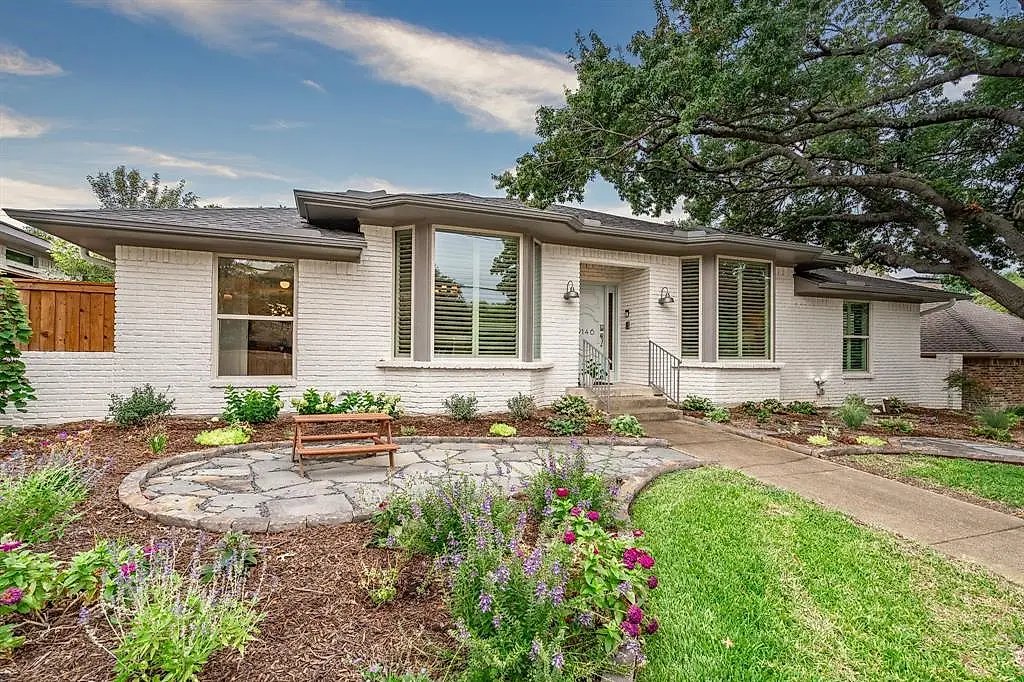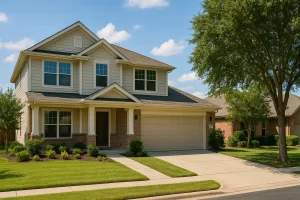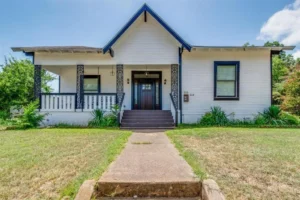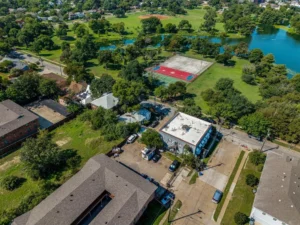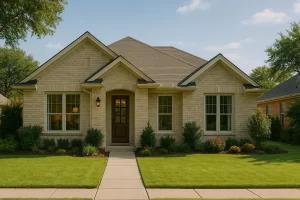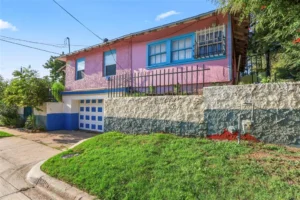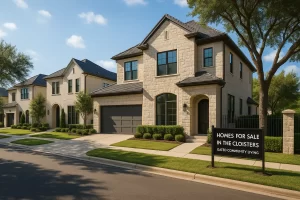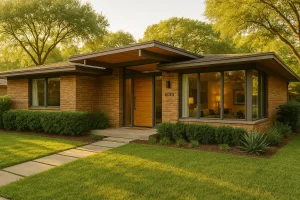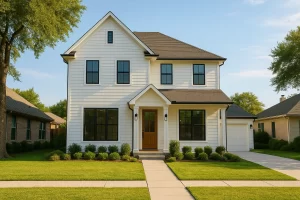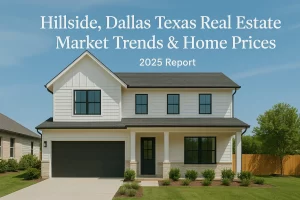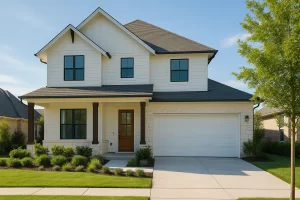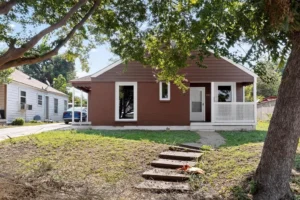Introduction: Understanding the Real Costs Living Dallas
When exploring the real costs living Dallas, the city offers a unique financial landscape. The median home price in Dallas is $405,000, a crucial factor for those looking to settle here. This significant housing cost impacts the overall affordability of living in Dallas, emphasizing the need for thorough financial planning.
Besides housing costs, utilities and transportation expenses are also pivotal. The average utility bill for a 915-square-foot apartment is $160.71, more affordable compared to the national average. Understanding public transportation options like DART passes for $96, and comparing gas prices with neighboring cities, provides a holistic view of the city’s financial dynamics. Delving into these details helps individuals make informed choices to manage their expenses effectively while living in Dallas.
Housing Costs in Dallas: Real Costs Living Dallas
When considering housing costs in Dallas, understand how these expenses influence residents’ budgets. The median home price is $405,000, and the average monthly rent is $1,568. These figures reflect the real estate landscape in the city. Various housing options, from apartments to single-unit homes in neighborhoods like Uptown or Oak Lawn, cater to different preferences and financial capabilities.
Housing costs also include expenses like property taxes, homeowners’ association fees, and maintenance costs. These factors contribute to the true cost of living in Dallas. Understanding these additional commitments is essential for establishing a clear budget. This knowledge helps individuals or households make informed decisions about their residential choices in the city.
Utilities and Transportation Expenses: Real Costs Living Dallas
When considering the cost of living in Dallas, factor in utilities and transportation expenses. The average utility bill for a 915-square-foot apartment is about $160.71, below the national average. This lower cost benefits residents financially and enhances the city’s overall affordability. For example, individuals and households can allocate more of their budget to essential needs or leisure activities, contributing to a comfortable lifestyle.
Dallas provides accessible and cost-effective transportation options. The Dallas Area Rapid Transit (DART) system offers monthly passes priced at $96. This public transportation service helps reduce individual carbon footprints and eases the financial burden of owning a vehicle. Additionally, gas prices in Dallas are relatively competitive compared to neighboring cities and states. This further positively impacts residents’ transportation expenses. By offering affordable utility and transportation solutions, Dallas maintains a reasonable cost of living compared to national averages.
Food and Entertainment Costs: Real Costs Living Dallas
Food costs in Dallas are reasonable, with a suggested minimum daily expenditure of $9.34 per person. This affordability allows residents to explore the city’s diverse culinary scene, from food trucks to high-end restaurants. For instance, popular spots like Pecan Lodge in Deep Ellum and Velvet Taco in Uptown showcase the city’s culinary diversity, catering to various tastes and budgets.
Entertainment in Dallas is vibrant and relatively economical compared to other metropolitan areas. The city boasts a rich cultural scene with attractions like the Perot Museum of Nature and Science, offering educational and engaging experiences. Additionally, Dallas has a thriving sports culture, with options ranging from attending a Cowboys game at the AT&T Stadium to catching a Mavericks game at the American Airlines Center. By offering a mix of affordable and high-end entertainment choices, Dallas caters to a wide range of preferences while maintaining a reasonable cost of living.
Healthcare and Education Expenses: Real Costs Living Dallas
Dallas residents have access to a range of healthcare facilities for diverse medical needs. These services include routine check-ups and specialized treatments. The cost of healthcare services and insurance plans can vary. Factors such as coverage, deductibles, and copayments influence these costs. Research and compare options to find the most suitable and cost-effective healthcare solutions.
Dallas offers a mix of public schools and higher education institutions with quality education and various academic programs. Households may incur expenses for school supplies, extracurricular activities, and tuition fees. For example, the average annual cost of attending a public university in Dallas includes tuition, fees, and room and board. This helps individuals understand the financial investment required for higher education. Understanding these costs allows households to plan and budget effectively for their children’s educational needs. This ensures a well-rounded academic experience in Dallas.
Comparison with Other Cities: Real Costs Living Dallas
When considering the cost of living in Dallas, it’s essential to compare it with cities like Austin and Houston. This comparison reveals interesting insights into the financial aspects of living in Texas. For example, Dallas has a median home price of $405,000. Austin and Houston have different averages, impacting the housing cost comparison significantly.
Examining Dallas’s cost of living against these cities highlights the quality of life and financial well-being one can expect. For instance, Dallas has lower utility bills and housing costs compared to Austin. This may make Dallas more attractive for budget-conscious living arrangements. By understanding these comparisons, individuals can better assess their financial capabilities and make strategic relocation decisions.
Tips for Budgeting and Saving Money in Dallas: Real Costs Living Dallas
When living in Dallas, creating a comprehensive budget plan is essential for managing expenses and maintaining financial stability. Track monthly spending on necessities like housing, utilities, transportation, and food. This will provide a clear overview of where money is being allocated, allowing for necessary adjustments. Additionally, explore cost-effective options for daily activities. Utilize public transportation or take advantage of free or discounted entertainment events in the city. These strategies can help reduce unnecessary costs and increase savings over time.
Moreover, building an emergency fund is a critical aspect of financial planning in Dallas. Ensure you have a safety net to cover unforeseen expenses or financial setbacks. Set aside a portion of income regularly. This will prepare residents for unexpected situations like medical emergencies or sudden job loss. This proactive approach provides financial security and peace of mind, knowing there are resources available to handle any financial challenges. Overall, adopting these budgeting strategies can empower individuals to make informed financial decisions. Optimize your cost of living in Dallas and work towards achieving long-term financial goals.
Conclusion: Making Informed Decisions About Living in Dallas
In conclusion, consider key factors like housing, utilities, transportation, food, entertainment, healthcare, and education when evaluating the cost of living in Dallas. Understanding these components provides a comprehensive overview of the expenses involved in residing in Dallas. For instance, the median home price is $405,000, and average rent is $1,568 per month. These figures showcase housing affordability compared to national averages. By researching and analyzing these costs, individuals can make informed decisions about relocating to Dallas and budgeting effectively for their living expenses.
Furthermore, leverage available resources and financial tools to create a detailed budget plan tailored to the cost of living in Dallas. Utilize budgeting apps, financial advisors, and online resources to manage expenses and save for future financial goals. Developing a strategic financial plan helps individuals navigate the cost of living in Dallas and ensures a sustainable lifestyle in the city. Therefore, understanding the true cost of living in Dallas is crucial for a smooth transition and long-term financial stability in this vibrant Texan city.


